“Empowering Families Through Technology”
EBT Programs
EBT Programs and Federal assistance can bridge the digital divide in an increasingly connected world, access to technology is more imortant than ever. From educational resources to employment opportunities, the internet and digital devices have become essential tools. However, for many low-income families, obtaining computers and internet access remains a challenge. Fortunately, programs linked to government assistance, such as the Electronic Benefit Transfer (EBT) system, offer a lifeline, helping families secure essential technology, including free or discounted laptops.
This article will explore how government assistance programs can provide access to technology for low-income families, how to qualify for these benefits and the organizations that offer such services. We’ll also get into the application process and provide tips on successfully securing a free laptop or digital device through these programs.
EBT & Its Working
Electronic Benefit Transfer (EBT) is a system used by state welfare departments in the United States to distribute government assistance benefits. These benefits are typically delivered via a card that functions similarly to a debit card. Recipients of EBT can use these cards to purchase goods at authorized retailers, especially groceries, as part of programs like the Supplemental Nutrition Assistance Program (SNAP), formerly known as food stamps.
However, EBT isn’t just limited to food assistance. Many states and programs have expanded the use of EBT to offer other benefits such as Temporary Assistance for Needy Families (TANF) and other state-funded welfare programs. For many people, EBT cards can be a crucial financial tool for daily living expenses but they can also be a gateway to accessing vital technology.
Digital Divide with EBT
While EBT primarily helps with essential goods like food, it can also assist in bridging the digital divide by enabling families to acquire technology such as laptops. The digital divide refers to the gap between those with easy access to technology, the internet and those without. For families facing financial hardship, especially those who are receiving government assistance, affording basic digital devices like computers can be a significant barrier.
For low-income families, access to technology is often limited, which affects their ability to connect with educational resources, job opportunities and critical services. The COVID-19 pandemic highlighted how essential digital access is, as schools moved online and job opportunities increasingly required digital engagement. Recognizing the importance of technology in modern life, several organizations and government programs began offering free or discounted laptops to EBT recipients and other low-income individuals.
Eligibility for Laptops
To receive a free or discounted laptop, individuals typically need to meet specific eligibility criteria. The most common requirement is enrollment in federal assistance programs, including but not limited to SNAP (through EBT), Medicaid, Supplemental Security Income (SSI) and others. Additionally, some programs require that applicants have an income below a specific threshold, often determined by the Federal Poverty Level (FPL).
For example, many organizations consider households eligible if their income is below 200% of the Federal Poverty Level or 60% of the area median income (AMI). Some programs also extend eligibility to those receiving unemployment benefits, Pell Grants for college students or living on Tribal Lands. Essentially, the goal is to target individuals and families who are already struggling financially and would benefit most from increased access to technology.
Organizations Offering Laptops
Several organizations have emerged to help bridge the digital divide by offering free or discounted laptops to low-income individuals and families. Here are a few notable examples:
1. PCs for People
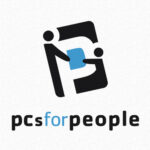
PC for People is a non-profit organization that refurbishes and distributes computers to eligible individuals. The program operates nationally, providing access to technology for people with low income. The organization refurbishes old computers, making them affordable and accessible to those in need.
- Eligibility: To qualify, individuals must either have an income below 200% of the Federal Poverty Level or be enrolled in a government assistance program (such as EBT, Medicaid or SNAP).
- Application: Applicants must provide documentation proving their eligibility, such as proof of income, government assistance program enrollment and a valid photo ID.
- Accessible through: pcsforpeople.org
FPL: The federal poverty level (FPL) is a way to measure how much money a person or family makes to see if they qualify for help from government programs. If their income is below a certain amount, they may get assistance like healthcare or food support.
2. EveryoneOn
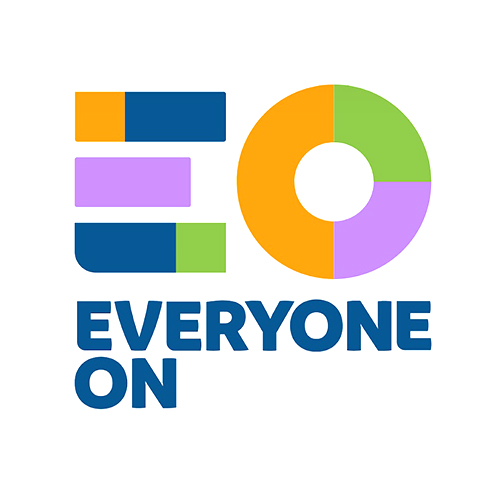
EveryoneOn is a national non-profit organization focused on connecting low-income households with affordable internet and computers. It partners with internet providers, device refurbishers and digital literacy trainers to create opportunities for underserved communities.
- Eligibility: EveryoneOn targets families that are part of federal assistance programs like SNAP, TANF or SSI. The availability of offers varies depending on location.
- Application: Visit their website to find local offers for free or low-cost laptops and internet services.
- Accessible through: everyoneon.org
SNAP: The Supplemental Nutrition Assistance Program (SNAP) is a federal government program that provides financial assistance to low and no income individuals to help them purchase food and maintain proper nutrition and health. It was formerly known as the Food Stamp Program.
3. The On It Foundation
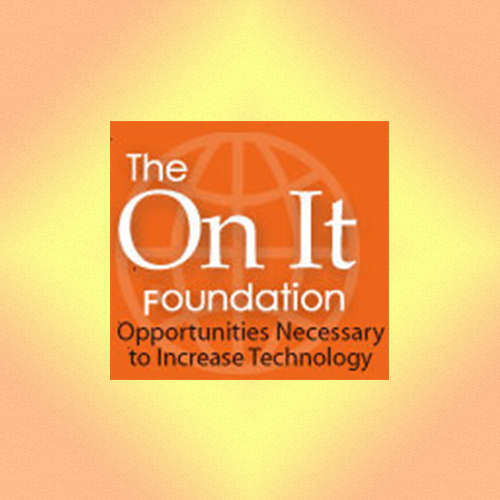
The On It Foundation is another non-profit that provides free computers and technology training to students in need across the United States. The foundation’s primary goal is to help K-12 students from low-income families access digital tools for education.
- Eligibility: Students must be in grades K-12, receive free or reduced school lunch and reside in the United States. The application requires parents or guardians to request a computer on behalf of their children.
- Application: Visit their website for details on how to apply for a free laptop.
- Accessible through: theonitfoundation.org
4. Local Programs
Many local non-profits, community organizations, libraries and schools offer technology assistance programs. It’s often worth contacting local institutions to inquire about their offerings. Libraries, in particular, may have partnerships with technology organizations to distribute free or low-cost computers to eligible individuals.
Apply for a Free Laptop
The application process for securing a free or discounted laptop varies depending on the program but generally follows similar steps:
1. Check Eligibility
The first step is to verify that you meet the eligibility criteria. Each program has specific requirements regarding income levels, federal assistance enrollment and other factors. Visit the program’s website or contact them directly to confirm if you qualify. Typically, you’ll need to prove participation in government programs like EBT, SNAP, Medicaid, TANF or provide documentation showing your household’s low-income status.
TANF: Temporary Assistance for Needy Families (TANF) is a time-limited federal program that provides financial assistance to families when parents or guardians are unable to meet the family’s basic needs. The federal government gives grants to states to manage and operate the TANF program.
2. Gather Required Documentation
Before applying, make sure you have the necessary documentation ready. Most programs will ask for:
- Photo Identification: A valid government-issued ID, such as a driver’s license or passport.
- Proof of Income: Documents such as pay stubs, tax returns or unemployment benefits statements.
- Proof of Enrollment in Assistance Programs: Proof of enrollment in assistance programs is required. For example, an EBT card or a statement from SNAP, Medicaid or SSI.
Some programs may require additional documentation, such as proof of school enrollment for students or documents verifying that you live on Tribal Lands.
3. Submit Your Application
Once you have gathered all the required documentation, complete the application form. Depending on the organization, this could be done online, in person or by mail. Follow the program’s instructions carefully to ensure your application is complete.
4. Wait for Approval
After submitting your application, there is typically a waiting period while the organization reviews your documents. This can take anywhere from a few days to several weeks. If you do not hear back within the expected timeframe, it’s a good idea to follow up with the organization.
5. Receive Your Laptop
If your application is approved, you’ll receive the laptop, often shipped directly to your home. Some programs may charge a small fee for shipping or other administrative costs but the laptop itself is usually free or heavily discounted.
Additional Considerations
While free laptop programs offer significant help, there are a few important things to keep in mind:
- Availability Varies by Location: Not all areas have the same availability of programs and some areas may not have any free laptop programs. It’s essential to check locally with community organizations, libraries or schools to find potential resources.
- Limited Stock: Many of these programs operate on a first-come, first-served basis and demand for free laptops often exceeds supply. Therefore, it’s important to apply as early as possible.
- Refurbished Devices: Most laptops offered through these programs are refurbished. While they may not be brand new, they are fully functional and reliable.
- Small Additional Costs: In some cases, you may be required to pay for shipping, administrative fees or a small portion of the device’s cost. However, these costs are typically minimal compared to the actual price of a new laptop.
Conclusion
The digital divide is a significant challenge for low-income families but with the help of programs connected to EBT and other federal assistance, many families can now access essential technology. By offering free or discounted laptops, organizations like PCs for People, EveryoneOn,and The On It Foundation are helping bridge the gap, empowering individuals and families to participate more fully in today’s digital world.
Receiving a free laptop can lead to new options for those who meet the requirements, including telemedicine services, job searches, education and more. By following the steps to check eligibility, gather documentation and apply, low-income individuals and families can leverage these resources to improve their lives. Technology access should not be a luxury and with the support of these programs, it can become an attainable necessity for all.
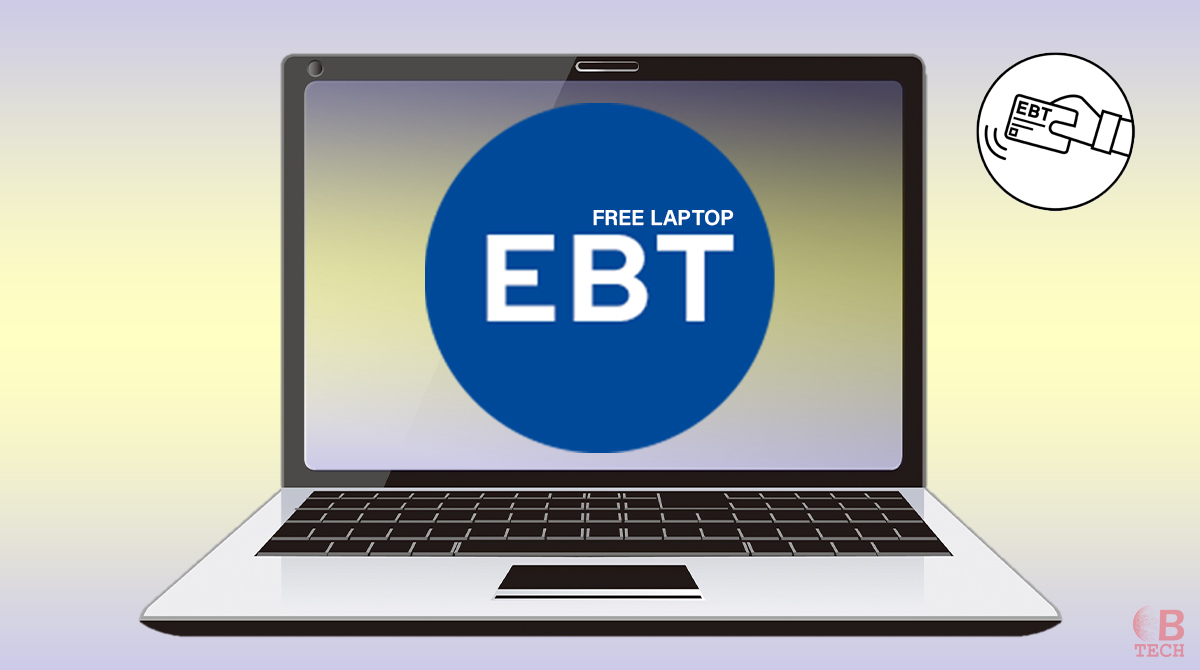
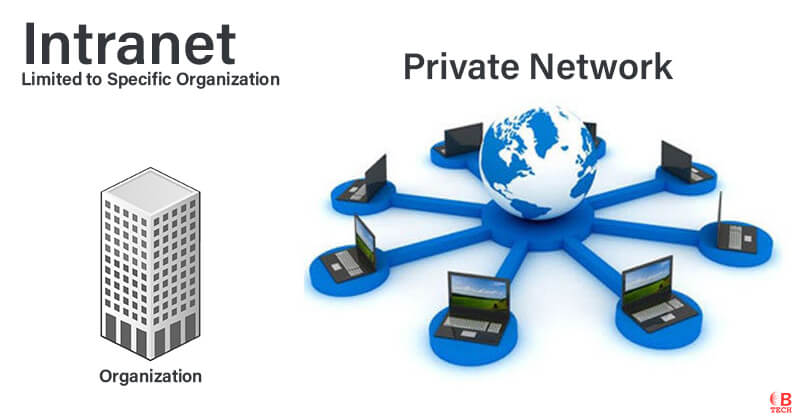
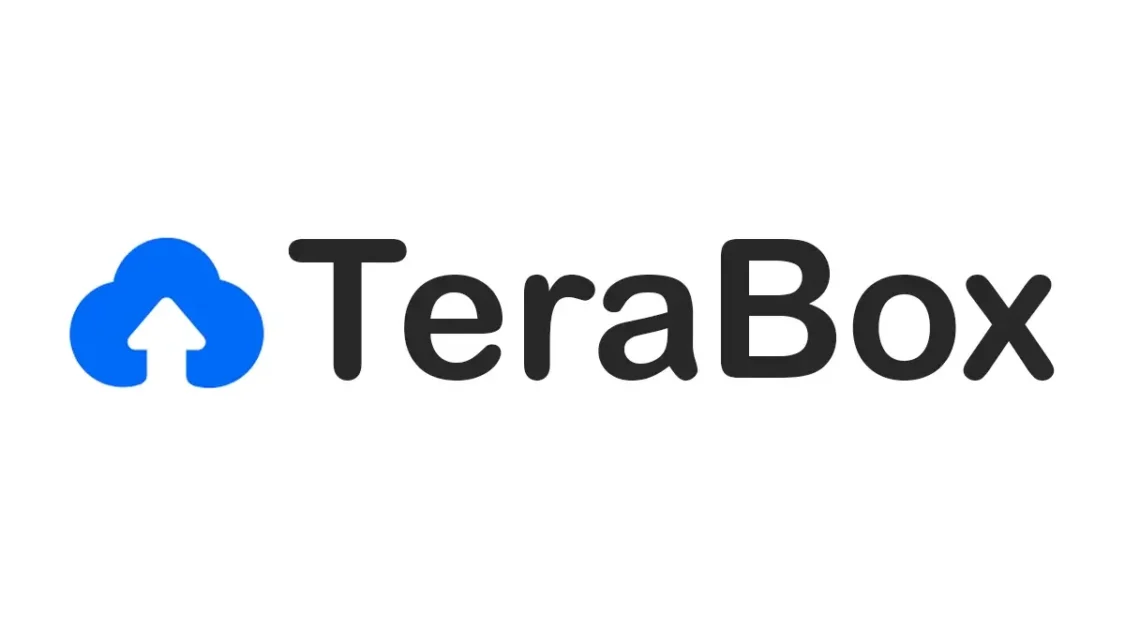
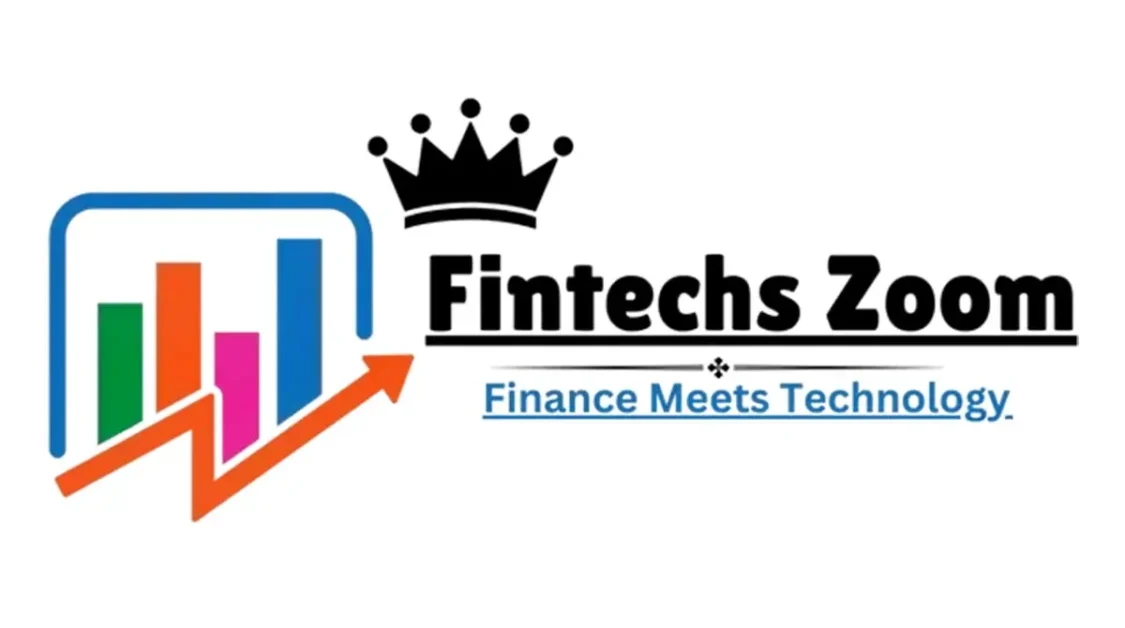
I appreciate the thoroughness here.